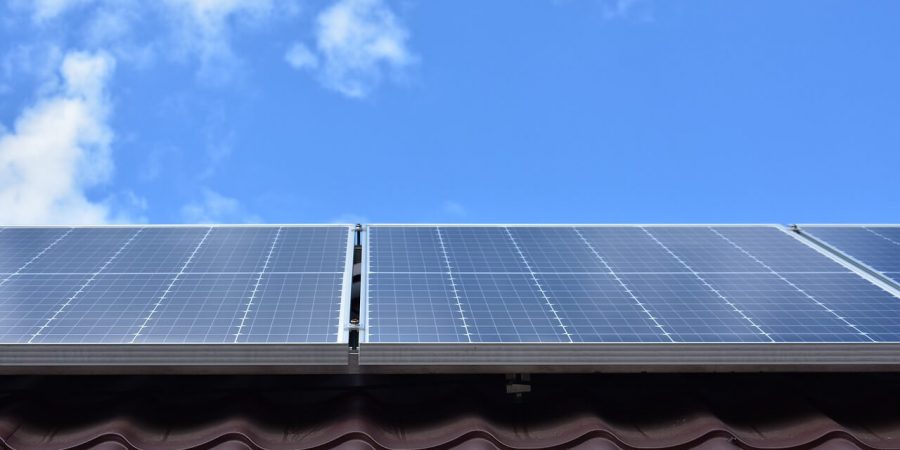
In an aim to lower carbon emissions and meet the increasing energy demands, the Australian government has been offering the Feed in Tariff scheme. This arrangement is also one of the major factors that contribute to the rising popularity of solar panels Sydney. So, what exactly is Feed in Tariff, and why should homes and businesses take advantage of the same? Find out below:
What is Feed in Tariff?
If your residential or commercial property has a solar energy system installed (and connected to a grid), any excess energy produced by your solar panels shall be sent back to the grid for distribution to the public. Based on the amount of energy you supply, the utility provider will reward you credits, which will be reflected as discount on your utility bill. In other words, the payment made by the utility for purchasing electricity from you is referred to as Feed in Tariff.
Why is Feed in Tariff Important?
The Feed in Tariff scheme was introduced to meet various environmental, industrial, and economic goals. The number one priority though, is to motivate people to switch to renewable energy. Feed in Tariff makes investment in solar panels Sydney worthwhile for both homeowners and businesses, as they get to recover the costs in a few years.
With solar energy systems, customers will be more conscious about their energy consumption. While some customers receive feed-in credits for the energy supplied, others can easily monitor and bring down their energy usage by setting up an independent electricity system. Both these factors will help people lower their monthly energy expenses.
How Does It Work?
- A homeowner or a business can purchase high quality and durable Sydney solar panels from a recognised supplier. The photovoltaic solar panel system must be connected to the utility grid.
- Submit an application to the relevant state authority for the Feed in Tariff scheme. The eligibility criteria can vary from state to state.
- If your solar power system complies with the requirements such as size, location, etc, you will be allowed to supply energy to the grid and get credited for the same.
- Note that you will enter into a contract for obtaining feed-in credits based on either gross or net metering:
- With gross metering, the entire energy produced by your system will be supplied to the grid. You will be credited for every kwh of energy provided to the utility. You’ll be paying for consuming electricity from the grid as usual.
- As for net metering, you are allowed to use the electricity produced by your solar power system. If it generates more power, export the surplus to the grid and earn credits on a kwh basis. Should you need more electricity at any time, you can obtain it from the utility grid and pay for it accordingly.
Feed in Tariff brings your energy bills on diet, and helps you to smoothly transition to a cleaner and sustainable lifestyle. Contact a supplier offering reasonably priced solar panels for sale, if you have any questions.
Read More:
What Is The Best Solar Inverter For My Home?
10 Easy Home Updates to Conserve Energy and Reduce your Bill










 Solarpath | Solar Path NSW GPS Directions
Solarpath | Solar Path NSW GPS Directions